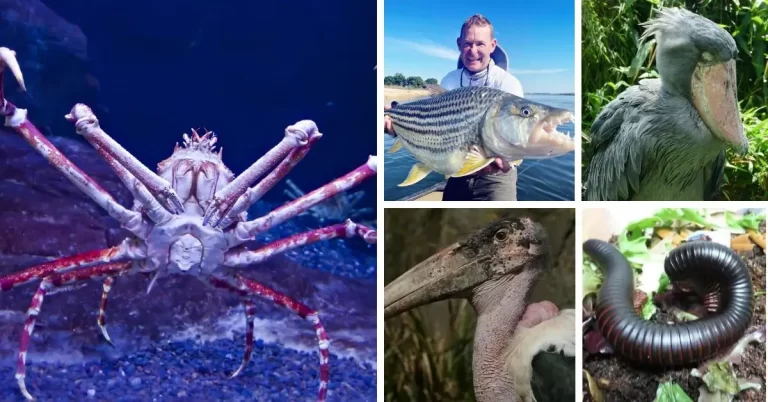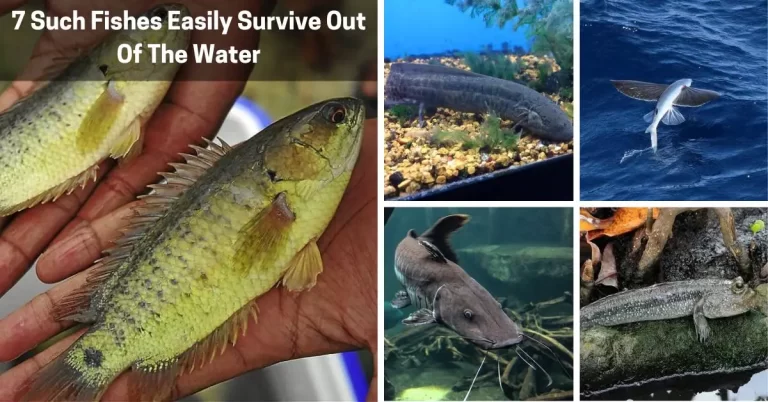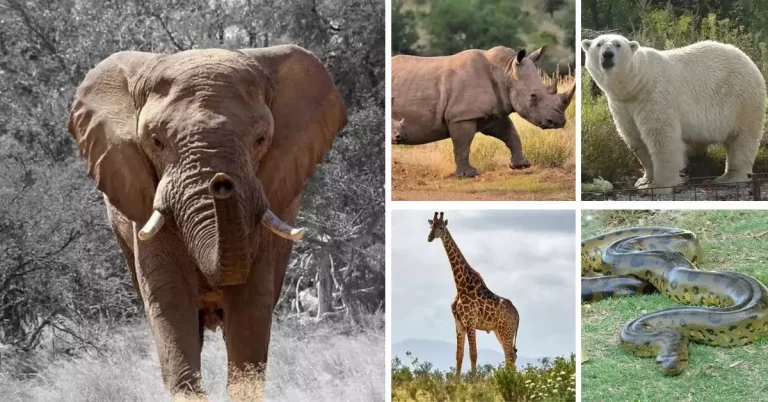10 Deadliest Birds On The Planet (2024)
This bird is dangerous. While flying in the sky, their intention is always to cause bloodshed. Even your racing car cannot beat them in agility and no power of the forest can stop them from hunting. With a wealth of features, these birds are the most deadliest species in the forest. So let us introduce you to the 10 deadliest birds and introduce them to their fearless hunting strategies.
List Of Deadliest Birds On The Planet
1. Eagle
- Scientific Name: Accipitridae (Family)
- Continent of Origin: Eurasia and Africa, North America, Central and South America, and Australia
- Weight: 6.6 to 13.7 pounds
- Height: 1.8 to 2.6 meters (5.9 to 8.5 feet)

The eagle that maintains its dominance over the sky is as royal as it is a cunning hunter. Although they are flying in the sky, they keep an eye on every movement on the ground. They know when to catch which prey and whom to trap in a well-thought-out trick.
Due to their keen eyesight, they can spot their targets from a distance of 2 miles, and with the help of their speed, they take them away with their claws. It does not matter how much the prey weighs. The strength of their steel claws is so amazing that they can even catch mammals like foxes and goats from high hills and drop them down. In such a situation, they die due to falling.
No prey is big or small for them. From Robert Snake Lizard to sheep, they attack everyone. Their aggression does not spare even humans and engulfs them too.
2. Southern Giant Petrel
- Scientific Name: Macronectes giganteus
- Continent of Origin: Antarctica, South America, Africa, Australia
- Weight: 8.4 to 12.3 pounds
- Height: 180 to 210 cm (71 to 83 inches)

Instead of calling the Giant Petrel a bird, it would be better to call it a murderous predator, because these birds, which prey on seals and penguins in the Atlantic, kill them to death. First of all, it starts eating it from below and then tears apart the entire body.
This most dangerous bird of prey living in snowy areas is known to target penguin babies the most and leaves no chance to kill them.
The most unique thing is that in this entire act, even the penguins do not come forward to save their children. Because not everyone has the strength and courage to engage the Southern Giant Petrel. Although Seals takes a stand against them, she also eats their baby with the same brutality.
3. Lammergeier
- Scientific Name: Gypaetus barbatus
- Continent of Origin: Alps, Pyrenees, Himalayas, and the Ethiopian Highlands
- Weight: 9.9 to 17.2 pounds
- Height: 1 meter (3.3 feet)

It is natural for you to be afraid of a vulture-like Lammergeier with its beautiful white fur and scary face. The entire animal kingdom is afraid of the Lammergeier due to his actions. It eats its prey in such a manner. With a weight of seven kilos, they have strong claws and a sharp striped beak with which they are known to eat their prey.
It can detect everything from rotten meat to poisonous predators. Well, they rarely hunt, but they are number one in eating dead animals in the forest. They especially enjoy chewing bones and eating their bone marrow. Many times they drop big bones from the mountain so that they can be broken and easily fed on.
Apart from this, they enjoy killing and harassing turtles. Like bones, they often throw turtles with strong shells down from a height so that they can reach the soft meat inside. Although they do not attack humans, they do not lag in eating whatever is found in the forest.
4. Southern Cassowary
- Scientific Name: Casuarius casuarius
- Continent of Origin: Rainforests of New Guinea, northeastern Australia (including Queensland)
- Weight: 128 to 154 pounds
- Height: 1.5 to 1.8 meters (4.9 to 5.9 feet)
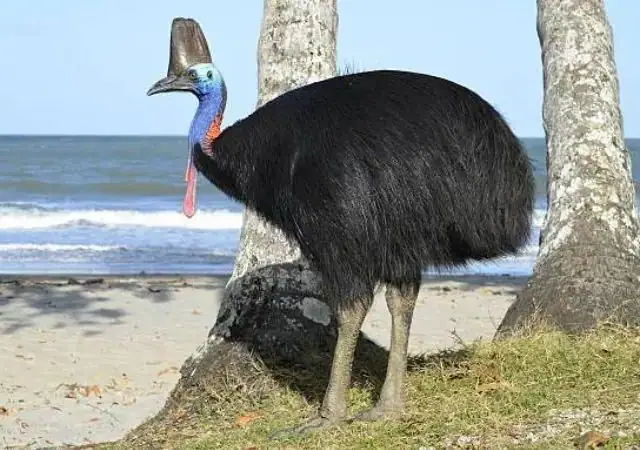
You will find fans of Cassowary with its captivating beauty everywhere. But before giving your heart to them, know the truth behind their face. Even though this bird looks innocent with its long and colorful face, the havoc it creates when it gets angry is worth seeing.
Cassowary is very few in numbers today but the body of this bird always reminds us of dinosaurs. It seems as if a creature from an earlier era has come among us. Although Cassowary minds its own business, it becomes an aggressive bird very quickly. Once the mood is bad, not only animals but also humans have to bear the attack of its powerful legs.
Due to its large size, this bird knows how to grind its enemies into dust with its claws. Now see to what level his aggression reaches. Here also in anger, she tries to injure the human being badly. This shows that their beautiful appearance also has a dark side, which makes them dangerous.
5. Falcon
- Scientific Name: Falco
- Continent of Origin: Grasslands, Forests, deserts, and Urban areas
- Weight: 1.3 to 5.1 pounds
- Height: 7.1 to 24 inches

Falcons, which fly at a speed of 186 miles per hour, have large wings, sharp vision, and excellent hunting tactics. These masters of speed not only know how to fly horizontally but are also adept at flying vertically at full speed and they use both methods to hunt.
The most interesting thing is that the speed of Falcon is very high while flying vertically and because the attack is directly on the head, the chances of survival of the prey become zero.
From hunting land mammals to birds flying in the sky, everyone is their target. Once they find their prey, they tear it apart with their sharp beaks. Apart from this, the grip of their claws is also amazing. The prey they capture is almost impossible to let go of.
6. Ostrich
- Scientific Name: Struthio camelus
- Continent of Origin: South Africa, Namibia, Botswana, and Kenya.
- Weight: 139 to 320 pounds
- Height: 2.1 to 2.7 meters (6.9 to 8.9 feet)
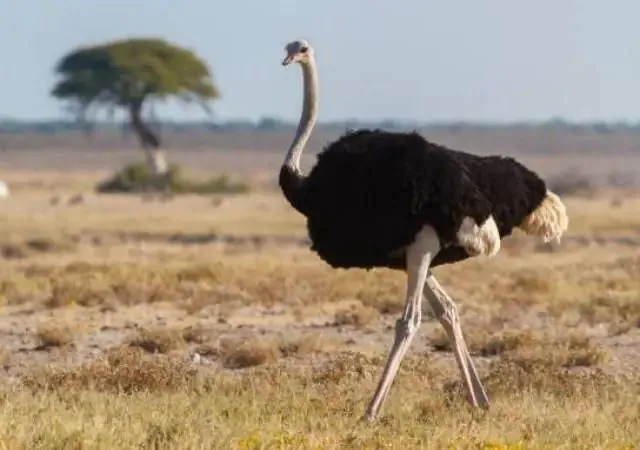
If we talk about the most dangerous birds, the name of Ostrich is bound to come up. Everyone knows how much they roam in the forests of Africa. Although flying is not a part of their expertise, they are no match for running at speed.
Weighing 250-330 pounds and 9 feet long, the main weapon of the ostrich is its long and powerful legs, the attack of which can injure not only this animal but also a human being.
Running at a speed of 45 mph, it often kicks the top hunters and breaks their ribs. In the case of hunting, it feeds on rodents and lizards and swallows them in one go. Their angry nature comes out when someone provokes them or goes too close to them.
7. Emu
- Scientific Name: Dromaius novaehollandiae
- Continent of Origin: Australia
- Weight: 40 to 132 pounds
- Height: 1.5 to 2 meters (4.9 to 6.6 feet)
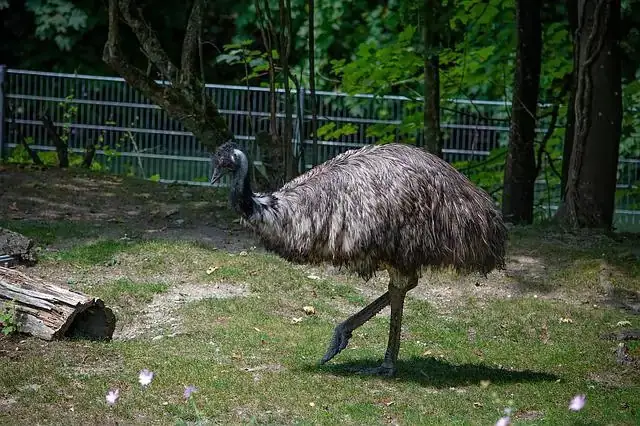
Emu also has the agile body and long legs of its relative the Cassowary. This bird, which runs at a speed of 31mph, can not only save itself but can also destroy the predators attacking it with just one kick.
Emu does not spare even humans when angry. Being omnivorous, although it is not interested in hunting, the strength of its claws can tear animals. In the forest, this bird eats plants and discarded meat.
8. Mute Swan
- Scientific Name: Cygnus olor
- Continent of Origin: North America, Australia, and New Zealand,
- Weight: 15 to 29 pounds
- Height: 125 to 170 cm (49 to 67 inches)

Swans have always been associated with love. But this is less of love and more of hate behavior. Aggression is packed inside them. Often seeing this bird chilling in the lake pond, it seems that it is very cool.
But just tease it once and then see what kind of drama it creates. Especially if you roam around with your pets, it does not spare them either.
The biggest weapons of a swan are its beak and wings. Apart from wounding with the beak, they also use their wings to push the animal back. Sometimes they even attack humans with their beaks. Mute Swan doesn’t even spare a little girl and bites her finger.
9. Shrike Bird
- Scientific Name: Laniidae
- Continent of Origin: Forests, Grasslands, Savannas, and Shrublands.
- Weight: 0.7 to 2.5 ounces
- Height:16 to 30 cm (6 to 12 inches)

If an award had been given in the forest for making a cute face, perhaps the shrike bird would have won. With its short stature and long beak, the shrike bird is the bird which is called a “butcher birds” or serial killer. While most birds in the forest hunt when they are hungry, we find this bird has a different attitude towards food.
Only when it finds prey does it pounce on it. Instead of killing the prey with its beak, it pierces them by inserting them between the thorns. In this process, the neck of the creature is broken first. After that, she traps him in thorns. After a week or 10 days, when it feels hungry, it eats its prey little by little.
This method of shrike birds is very different and unique from all the other birds of the animal kingdom. Sometimes it is difficult to believe that such a small bird can do so much.
10. Australian Magpie
- Scientific Name: Cracticus tibicen
- Continent of Origin: Australia
- Weight: 7.8 to 12.3 ounces
- Height: 37 to 43 cm (14.6 to 16.9 inches)

No one can take away the title of the most dangerous bird from the Australian Magpie, which roams the grasslands, parks, and gardens of Australia. Its biggest specialty is its aggression. She is very comfortable with her nest. It doesn’t tolerate any damage to its nest. It makes it impossible for anyone who tries to do so to survive.
It wreaks more havoc on animals than humans. They attack every human being who passes near their nest. The local people living there are more afraid of this bird than the wild animal because it attacks people anywhere and anytime. Every day, many such cases are heard in Australia where humans have to become victims of the havoc of this bird.
However, to attack, the Australian Magpie always takes the help of its strong claws and sharp beak.
So these were some of the deadliest birds of the forest who were masters of aggression. Some of these attack not only animals but also humans need to be careful about.



